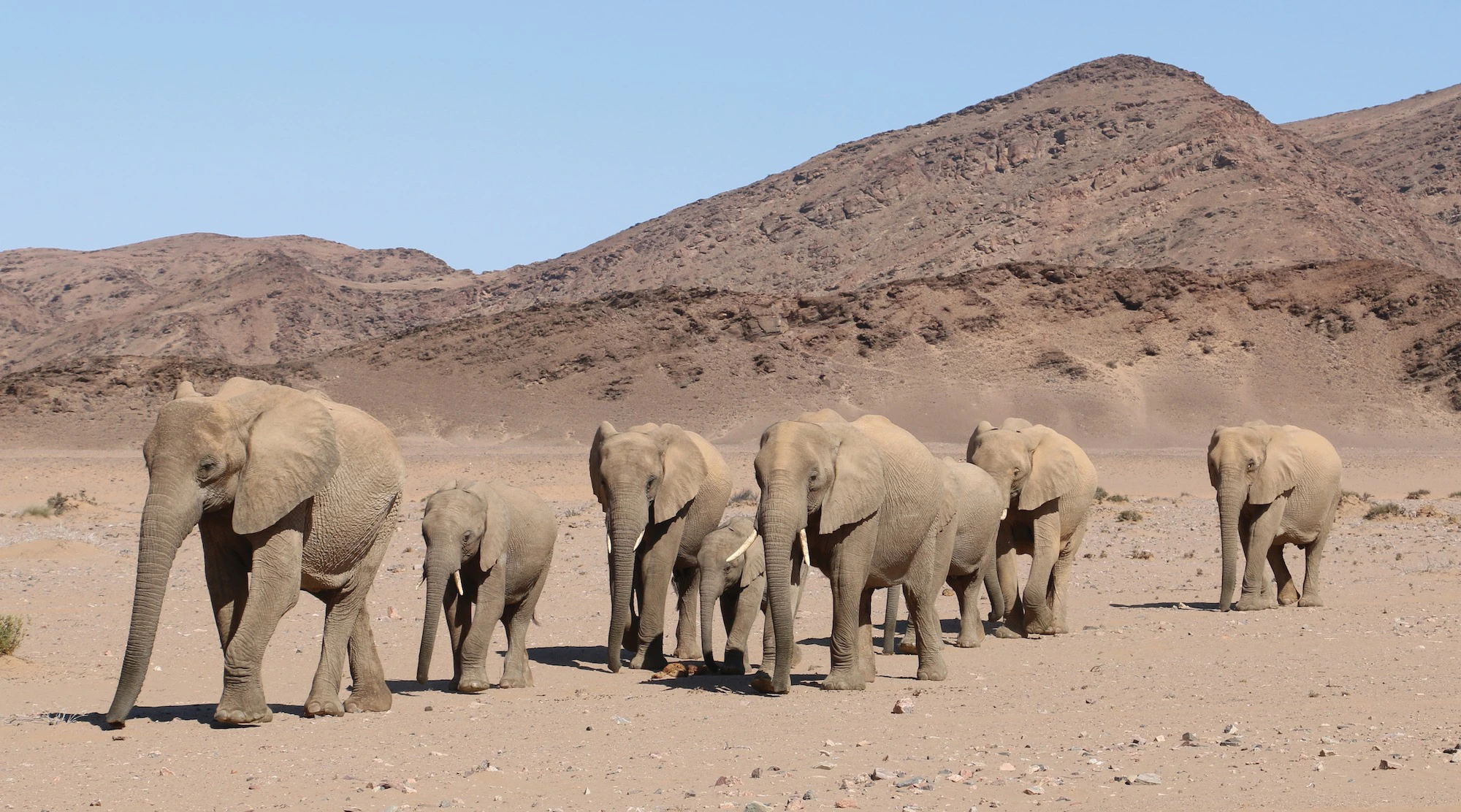Representatives from 185 countries, are expected to be signatories to the Convention on International Trade in Endangered Species of Wild Fauna and Flora (CITES) in Samarkand, Uzbekistan for the 20th meeting of the Conference of the Parties (CoP20).
The meeting will kick off on the 23 November until the 5 December.
The Environmental Investigation Agency (EIA) said Namibia has submitted three proposals to rescind existing international trade bans and allow it to sell rhino horns and stockpiled elephant ivory.
The EIA and many other conservation organisations say this spells monumental catastrophy, in the making, for remaining wild populations. This decision could possibly negatively impact the rest of Africa.
Rachel Mackenna, the EIA’s Deputy Campaign Leader for Elephants, said Namibia’s first proposal seeks a change to the status of its population of southern white rhinos, to allow for international commercial trade in their horns.
The second, is to transfer its population of Critically Endangered black rhinos from Appendix I – the strongest level of CITES protection – to Appendix II, to allow for international commercial trade in horns.
And the third, seeks approval to sell off more than 46 tonnes of registered raw ivory (whole tusks and pieces) for commercial purposes.
“Parties to CITES have a strong history of rejecting attempts to resume legal trade in ivory and rhino horns and we would expect them to hold the line at CoP20. Namibia’s proposals are reckless, given the huge weight of evidence that legal ivory and rhino horn trade in the past has primarily served to stimulate demand, which inevitably leads to more poaching and trafficking of illegal wildlife products” said Mackenna.
Namibia’s push comes as rhino populations around the world remain at high risk from poaching and illegal trade.
Namibia’s own populations continue to dwindle, testament to record high levels of rhino poaching, which have increased by nearly 8% in 2024. This means 83 rhinos were killed last year, compared to 77 in 2023.
Picture: Conservation Namibia

